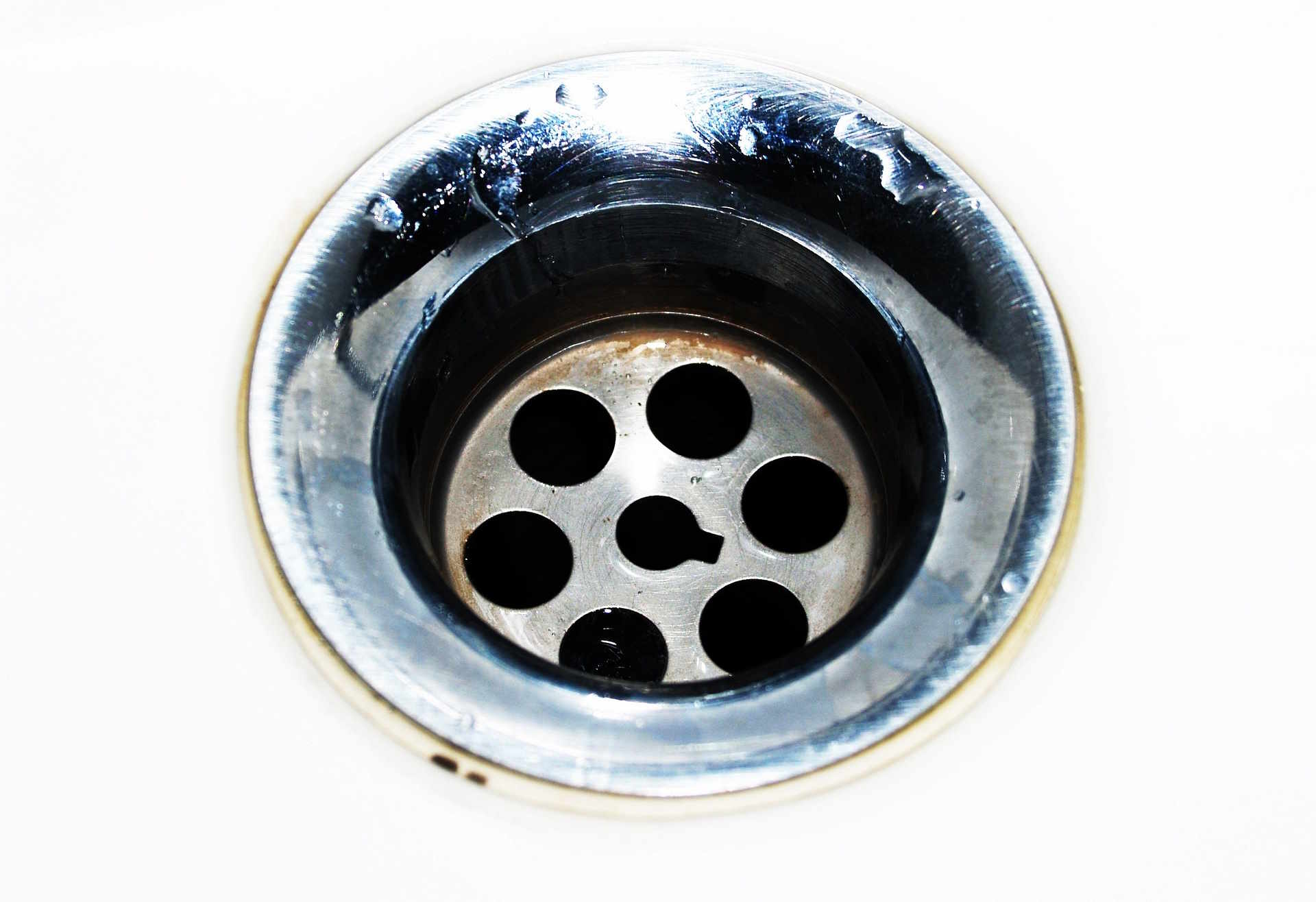Understanding the Science and Art of Hair Transplants
The human body is a complex piece of machinery, and one of its most captivating features is the hair. People's attitudes towards their hair can range from indifference to obsession, and for good reasons. Hair not only contributes to our physical appearance but also serves as an indicator of our health and vitality. As such, the loss of hair can be a distressing experience for many, leading to a significant impact on their self-esteem and confidence. Hair transplantation, a solution born out of medical science and aesthetic artistry, offers a ray of hope for those grappling with hair loss.

A Historical Perspective
The concept of hair transplantation is not as modern as one might think. The first known attempts at hair transplants were made in Japan during the 1930s. However, it was only after World War II that the Western world started paying attention to this procedure, mainly as a solution for burn victims.
In the 1950s, dermatologist Dr Norman Orentreich brought hair transplantation into the mainstream, thanks to his successful trials in the United States. His technique, known as ‘punch grafting’, involved the transplantation of hair-bearing skin from the back of the scalp to the balding areas. The process was far from perfect, often resulting in unnatural-looking hair patterns.
Despite this, it marked the beginning of a journey that would see hair transplantation evolve into the sophisticated, highly successful procedure it is today.
The Evolution of Techniques
From the rudimentary punch grafting techniques of the 1950s, hair transplantation has come a long way. In the 1980s, the practice moved towards using smaller grafts, leading to more natural-looking results.
Today, the two most popular methods of hair transplantation are Follicular Unit Transplantation (FUT) and Follicular Unit Extraction (FUE). Both these procedures harvest hair follicles from a donor area, usually the back of the scalp, and transplant them to the balding or thinning areas.
FUT involves removing a strip of skin with hair follicles and dissecting it into individual grafts under a microscope. On the other hand, FUE involves the extraction of individual hair follicles without the need for a strip incision. Both techniques have their pros and cons, and the choice often depends on the individual patient’s needs, the surgeon’s skills, and the expected outcome.
The Impact of Hair Transplants
The impact of hair transplantation is multifaceted. On a personal level, it can significantly improve an individual’s self-esteem and confidence, leading to improved mental health. On a societal level, it has helped challenge the stigma attached to hair loss and its treatments.
The efficacy of hair transplants has seen a surge in demand for the procedure. According to a report by Grand View Research, the global hair transplant market size was valued at USD 5.9 billion in 2018 and is expected to grow at a compound annual growth rate (CAGR) of 22.1% from 2019 to 2025.
Reception and Current Trends
Hair transplantation has generally been well-received, thanks to its high success rates and the increasingly natural-looking results. Celebrities like Elton John, Wayne Rooney, and Elon Musk, who have openly discussed their hair transplants, have helped normalise the procedure.
However, the procedure is not without its critics. Some argue that hair transplantation is an expensive, invasive procedure that doesn’t address the root cause of hair loss. Others point out that it carries the risk of complications, such as infection and scarring.
Despite these concerns, the future of hair transplantation looks bright. The field is constantly evolving, with new techniques and technologies being developed to improve outcomes and patient satisfaction. There is a growing trend towards using regenerative medicine, such as platelet-rich plasma (PRP) and stem cell therapy, to enhance hair growth and the healing process after transplantation.
Balancing Science and Artistry
Hair transplantation is more than a mere medical procedure. It requires a profound understanding of hair growth patterns, aesthetic principles, and technical expertise to create natural-looking results. As such, it is a perfect blend of science and artistry.
Despite the advancements, hair transplantation is not a magic bullet for hair loss. It is a tool in a larger arsenal of solutions, which also includes medications, lifestyle changes, and other treatments. However, for those suffering from significant hair loss, it offers renewed hope and the chance to regain not just their hair, but their confidence too.
While the journey of hair transplantation from its humble beginnings to its current prominence is remarkable, the future promises even more exciting developments. As the science behind hair transplantation continues to evolve, so too does the potential for enhancing people’s lives.




